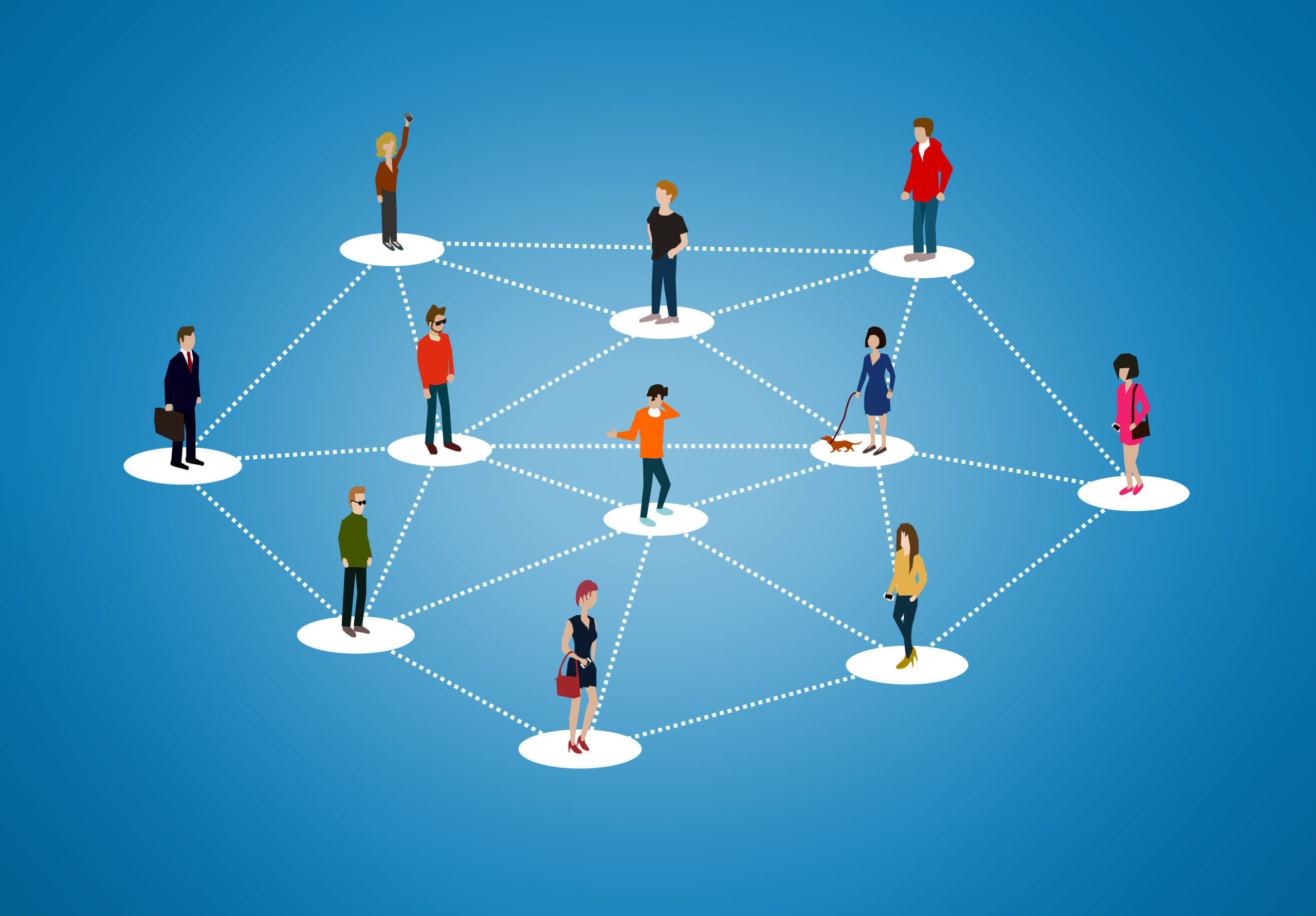Everything You Need to Know About The Donor Lifecycle – Part 1

The following is a guest post from Kindful, a nonprofit software company that helps you organize your data and manage your donors better.
What if we told you that there’s a tool for nonprofits that’s the blueprint to shaping donor engagement—and few are using it correctly, if at all?
You may have heard of the donor lifecycle if you’ve been in the nonprofit community for some time, but even today, it’s still a vastly ignored resource that’s essential to the success of nonprofits in any vertical.
Kindful has reviewed on their website the main ways the donor lifecycle has been misrepresented over the years—and how those misconceptions keep it from being utilized to its full potential. But let’s go back to the drawing board and break it down so you can optimize the donor lifecycle for your nonprofit.
What Is The Donor Lifecycle?
Despite its name, the donor lifecycle isn’t circular. Rather, it’s more of a linear model that is intended to help nonprofits obtain and nurture donors so that their giving isn’t just a one-time thing, but rather is increased over time. While many view it as a loop from awareness to cultivation to gift, the reality is that it’s not that simple. A donor’s path can branch out—they can lapse (or not give money for a period of time), for example. Plus, you don’t want your donors to just keep giving the same amount over and over—you want to deepen your relationship with the donor so that they give more every year.
The donor lifecycle can be broken down into three phases: acquisition, or collecting contacts to cultivate into donors and welcoming them to your organization; retention, or keeping them engaged to prevent lapsing; and upgrade, or cultivating relationships with your donors to get them to keep on giving.
Often, nonprofits make the mistake of overemphasizing retention while neglecting acquisition and upgrading—an understandable blunder but one that can extinguish a nonprofit as time goes on. This is why we call it the donor lifecycle, despite its linear model—because it’s essential to view it holistically and place emphasis on each of the stages equally.
Let’s delve into each of the three stages.
Acquisition
Acquisition is often overlooked in favor of retention, but as generations grow older and become potential donors, it’s essential to continue expanding your nonprofit’s horizons.
There are two important elements in acquisition: donors and contacts. Obviously, acquiring new donors is the goal, but contacts are just as essential. Think of them as seeds: if nurtured, it’s possible they’ll grow to be donors.
Retention
Now, onto the buzziest part of the donor lifecycle that is on everyone’s lips: retaining your donors. On average, an organization spends between $0.25 and $1.50 on acquiring donors for ever $1 raised, which means yes, you could lose money in the acquisition phase. But you know what they say: Sometimes you have to spend money to make money, and that’s exactly why retention is crucial.
There are some obvious steps here: making it easy for donors to set up recurring donations, for example. But retention goes beyond that. Thanks to email and social marketing tools, you can nurture all of your donors at once via newsletters, social media, and digital thank you notes.
Upgrade
Resting on your laurels after retention would mean missing out on one of your nonprofit’s greatest assets: upgrading current donors. The more you can get them involved in your organization, the more likely they’ll give—but the benefits aren’t just financial. They’ll also be more likely to advocate for your organization, and that kind of word-of-mouth marketing is priceless, especially when it comes to things like crowdfunding.
This post is just a brief overview of the donor lifecycle. Stay tuned for part two where we’ll share how you can measure each phase and what you should be focused on during that part of the lifecycle.
who subscribe to our free, email newsletter. It’s information that will empower your nonprofit!
